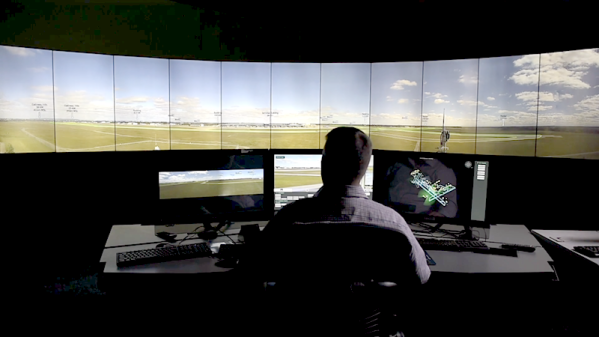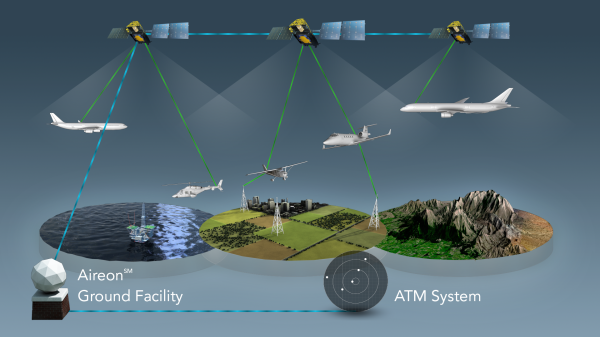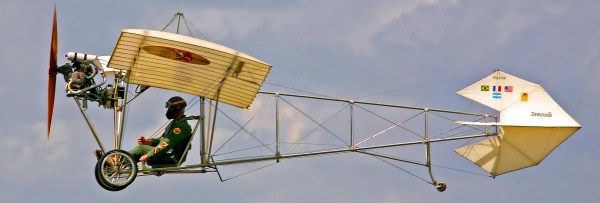All of us dream of reaching a point in life where we have the knowledge, skills, energy and resources to pull off builds that match our wildest dreams. [Mike Patey] is living that dream and with a passion for engineering and aviation that is absolutely infectious, he built Draco, the world’s most badass bush plane.
Draco started life as a PZL-104MA Wilga 2000, which already had impressive short take off and landing (STOL) capabilities for a 4 seater. Its original 300 hp Lycoming piston engine failed catastrophically in 2017, very nearly dumping [Mike] in Lake Utah. He decided it was a good excuse to start building his dream plane, and replaced the motor with a Pratt & Whitney PT6 turboprop engine, putting out a massive 680 hp.
Almost the entire plane was upgraded, and the engineering that went into it is awe-inspiring, especially considering that [Mike] did most of it himself. This includes a redesigned fuel system, enlarged wing and control surfaces, new avionics, oxygen system, upgraded landing gear and an array of lights. The wing tip landing lights are actually from a Boeing 737. [Mike] estimates that the upgrades cost somewhere in the region of a million US dollars. All the highlights of the build is documented in series of videos on [Mike]’s YouTube channel. What we would give for a personal workshop like that…
Try not to let your jaw hit the floor when watching the video after the break.
Continue reading “Monster Bush Plane Is A One-Off Engineering Masterpiece”






















